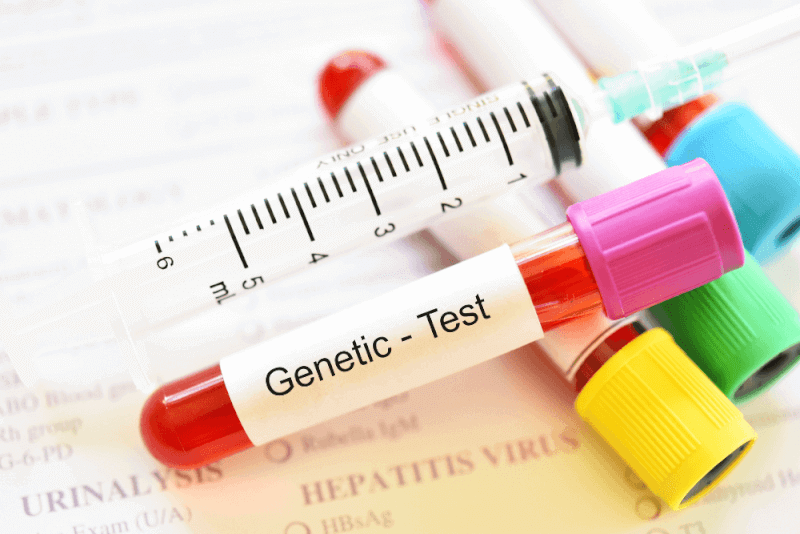Acromegaly, which is one of the diseases seen in Nasir, usually manifests itself with excessive growth of the hands and feet. It is often caused by excessive secretion of growth hormone by the pituitary gland. The disease, which is usually diagnosed between the ages of 30 and 50, needs to be treated as soon as possible. Otherwise, there is a life-threatening risk to patients.
What is Acromegaly (Pituitary Gland Disorder)?
First discovered in 1886, acromegaly means growth at the ends. The reason for this change in patients is that tumors in the pituitary gland cause excess growth hormone secretion in adults.
Causes of Acromegaly (Pituitary Gland Disorder)
The most common cause of acromegaly is benign adenomas of the GH-secreting cells of the anterior pituitary. Adenomas, which can also be called tumors, should not be confused with cancer. Adenomas seen in patients with acromegaly are usually large.
In addition, some recent studies suggest that acromegaly may be hereditary. This is because the disease occurs in at least two members of the same family.
Symptoms of Acromegaly (Pituitary Gland Disorder)
When pituitary adenomas occur before puberty, they cause abnormal growth in the bones, connective tissues and cartilage of children. This manifests itself as gigantism.
In the case of adenoma in adults, there is an enlargement of the soft tissue. For this reason, in addition to symptoms such as coarsening of the face, protrusion of the lower jaw forward, prominence of the brow bones, enlargement of the nose, lips and tongue, oily skin, separation of teeth, thickening of the skin, change in skin odor, excessive sweating, other symptoms seen in patients include the following.
- Numbness and tingling in the hands,
- Nasal congestion
- Thickening of the voice,
- Carpal tunnel syndrome,
- Joint pains
- YFatigue
- Headache
- Visual impairment,
- Snoring
- Menstrual irregularity,
- Milk coming from the breast,
- Decreased sexual potency in men,
How is Acromegaly (Pituitary Gland Disorder) Diagnosed?
Since the change in appearance caused by the symptoms of the disease progresses very slowly, it can take many years for the patient and relatives to notice the change. For this reason, the diagnosis of the disease is usually delayed by 5 to 7 years. Because of this delay, the adenoma in the pituitary gland also grows.
Even if the outward appearance of patients leads to suspicion of acromegaly, laboratory tests are needed to confirm the diagnosis. The tests used to diagnose the disease include the following.
- Growth hormone in the blood,
- Insulin-like growth factor,
- Sugar loading to examine whether growth hormone in the blood is suppressed,
- MRI images of the pituitary gland,
Acromegaly (Pituitary Gland Disorder) Treatment
The first treatment option for acromegaly is to remove the adenoma in the pituitary gland. The goal of these surgeries is to remove the adenomas completely and to relieve any pressure on the surrounding tissues. This can stabilize the growth hormone in the blood.
Surgical Method
The definitive solution for the treatment of acromegaly is surgical removal of the tumor in the pituitary gland. Endoscopic or microscopic methods are used in these operations. It is usually entered through the nose of the patients and the pituitary adenomas are reached by passing through the sphenoid sinus area.
In these operations called TSS, if there are adenomas that cannot be completely removed or if the GH level does not reach a sufficient level despite the decrease, medical treatment is applied to the patients after the operation. Dopamine agonists, Somatostatin analogs and GH receptor antagonists are used in this treatment. On the other hand, medication is the first line of treatment for patients who cannot be anesthetized.
Endocrinologists are involved in adjusting the combinations or doses of medications to be used in drug treatment. Finally, those who do not respond to drug treatment or whose adenomas Radiation therapy is applied to patients who are extremely shrunken.


















